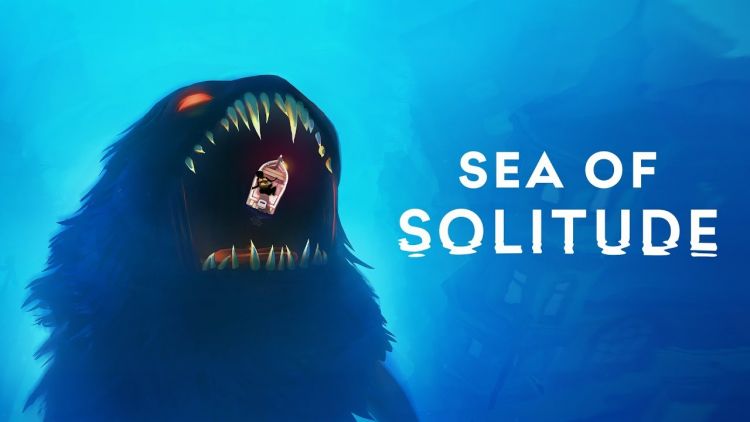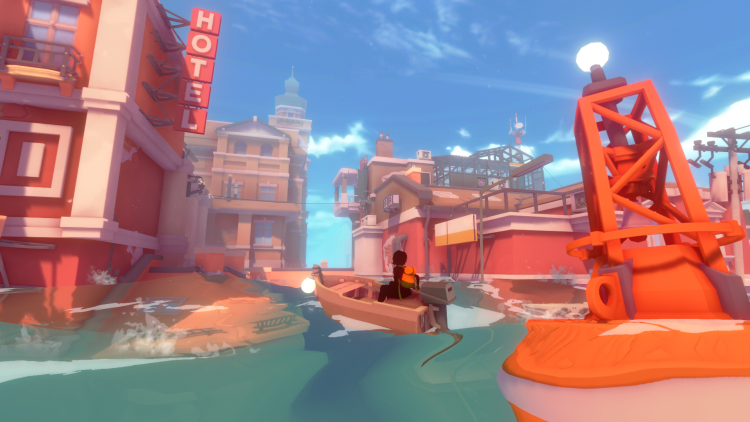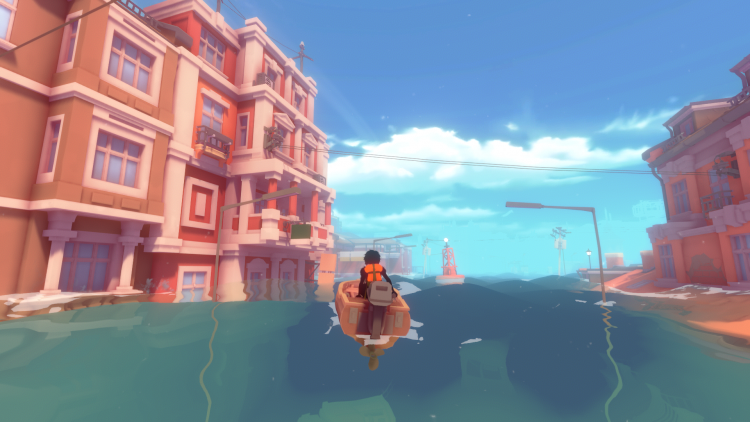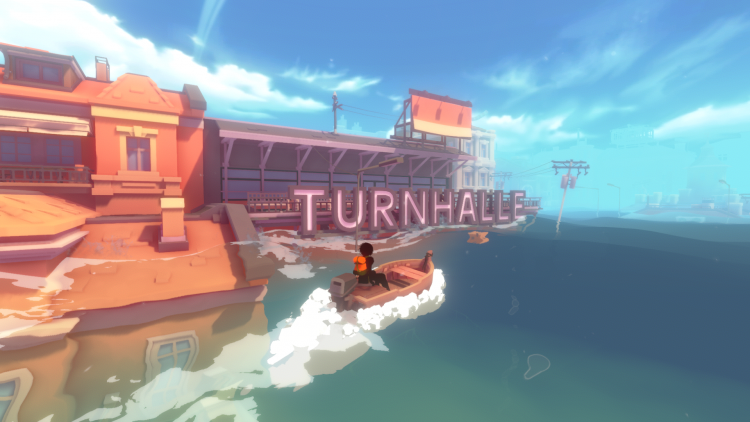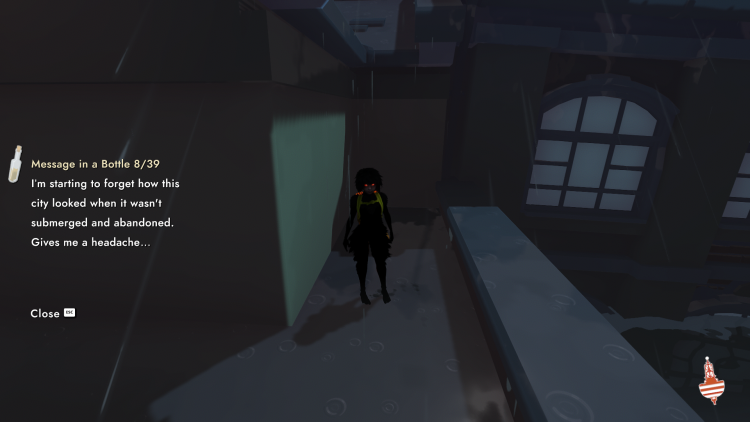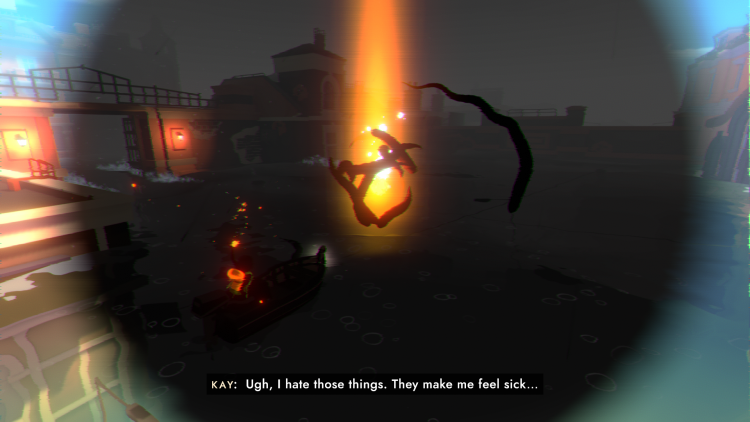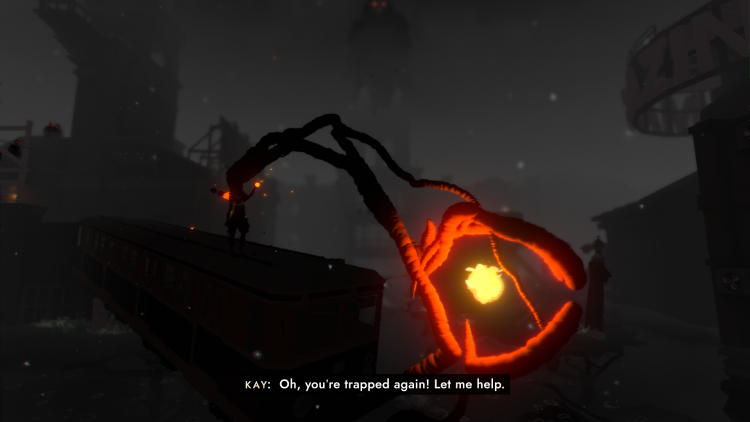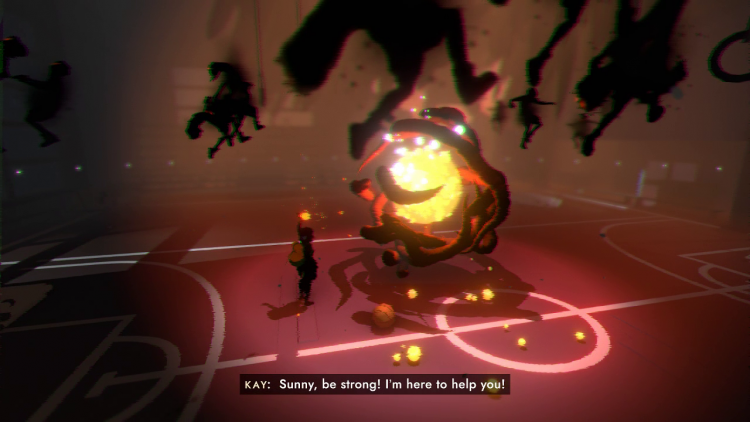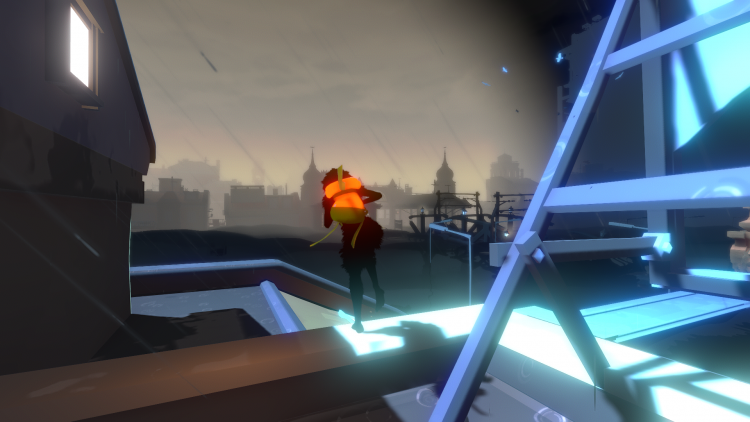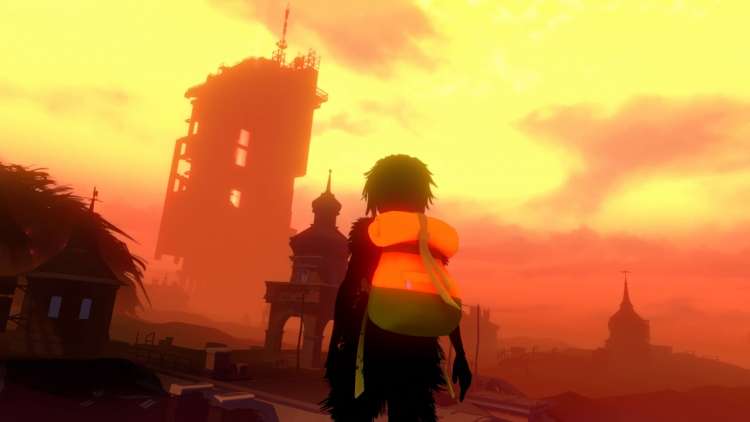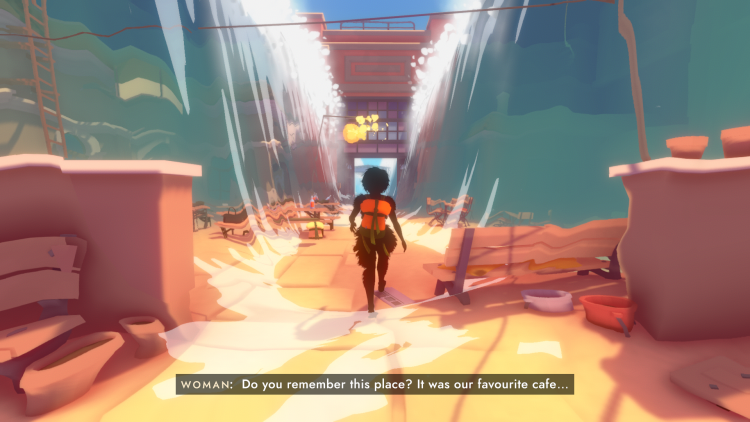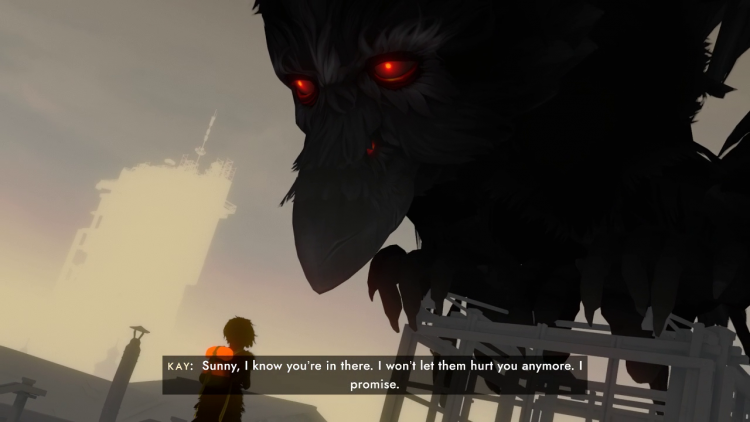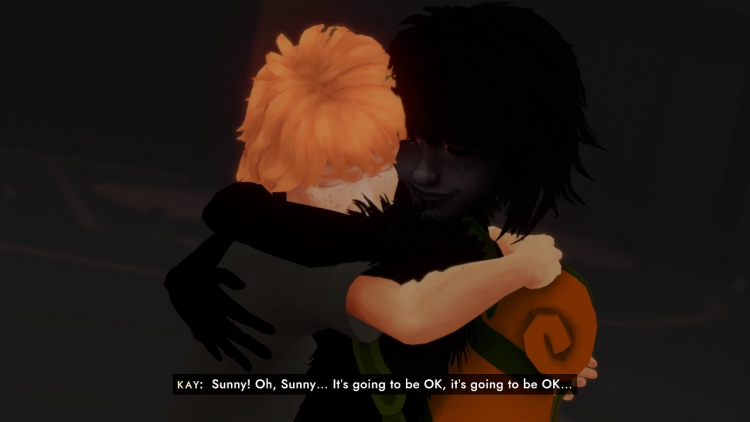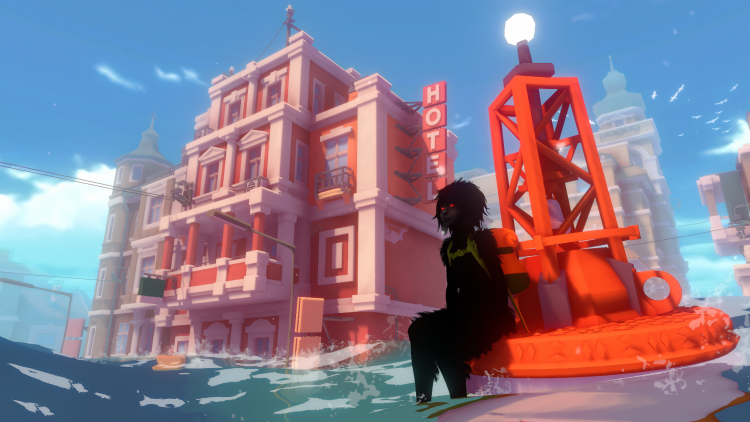Self-reflection in times of great emotional pain can be harrowingly difficult, both to experience and express outwardly. Sea of Solitude aims to capture the desolation of personal trauma and how to cope when you feel alone and there’s nobody who can help you. Despite some areas of writing and acting that lacked nuance, and gameplay taking a backseat to the story, Sea of Solitude does have poignant and beautiful moments in its 3-4 hour run-time that can make the experience worthwhile.
I do want to note real quick before we begin this review: While the review itself doesn’t go particularly in-depth with some of the emotional trauma featured in the game, readers should know that this game delves into issues of depression, anxiety and other forms of emotional trauma that may be disturbing to those affected by these issues in life. Let this message serve as a potential trigger warning before you begin reading the full review.
Platform(s): PC (Reviewed), PS4, Xbox One
Publisher(s): Electronic Arts
Developer(s): Jo-Mei Games
Release Date: July 5, 2019
Price: $19.99
Players follow the story of Kay, a young woman in a depressive and traumatic state, adrift in a tiny boat surrounded by a city submerged in the ocean. Dazed and confused, Kay has taken on a dark demon-like appearance seemingly without reason. Little does she know that she’s become the very darkness in her life she’s cultivated through years of selfish abuse of the friends and family around her.
Among the city are several “monsters,” physical manifestations of Kay and her family’s darkest psychic trauma. Kay has to piece together her family, herself and repair the emotional damage caused by her upbringing and early life. The journey leads Kay across several different parts of the city as she attempts to mend the pain, with sea levels rising and falling with her emotional state. This is a game about forgiveness, understanding, and letting go of the emotions that hold you back.
The sunken city itself, inspired by real-life Berlin, has a beautiful art-style blending the warmer colors of the buildings with the cooler ocean and sky enveloping it. A subtle soundtrack ranges from sublime to melancholy, intense to calming, as the waves crash against the facades of buildings. In the early stages of the game, it’s hard not to feel a desire for exploration and see what the city has to hide. Sea of Solitude‘s environments constantly shift with the rising and lowering of the tide, opening up several parts of the city previously unreachable. Weather swaps from sunny and warm to stormy and dark, all depending on where Kay is in the world and what she’s interacting with. The game has no issue injecting variety in its design, with intense tonal and environmental shifts occurring throughout the game that always creates a new perspective on an area of the city or the sea. The first act is very open-ended and exploration based, allowing players to explore a majority of the sunken metro area in their boat before progressing the story. The remaining acts trend the game towards a more linear path, so it’s best to knock out all the exploration early before the story really ramps up.
While there are some elements of environmental storytelling, extra bits of storytelling in between major plot points are few and far between. The game does hide multiple “message[s] in a bottle” throughout the map, but again if you don’t find a majority of them early on, there’s no point in looking around once the story begins the bulk of its rising action. These bottles only share minor tidbits of reflection by Kay and others that, while slightly interesting, don’t exactly enlighten anything shocking about the world around the player. Collectible seagulls are also spread around the map area, but their purpose is only to get a larger bird’s eye view of your immediate surroundings, nothing else.
Sea of Solitude‘s greatest strength is its story, sometimes to a fault. The gameplay itself isn’t exactly innovative, and doesn’t positively lend to the overall experience. There are some puzzling aspects of gameplay such as the “corruption” sequences, where Kay has to focus her light and absorb these worm-like flows of darkness into her backpack as a physical embodiment of the burdens we carry in life. But even then, these sequences never evolve from either holding a button down to absorb the darkness or aiming a beam of light to a certain target. Rarely does the game deviate from this, save from a few segments where you have to avoid certain obstacles in the form of dark spirits. Where there’s variety in aesthetic design, examples of gameplay variation are few and far between.
Traversal throughout the game world is interesting enough, though limited to the few aspects of movement used throughout the game. Players can pilot their boat freely as well as run and climb across the city’s environment, but don’t expect a free-form Breath of the Wild style exploration. Climbing is limited to smaller surfaces and ladders, with very few interiors in the game to explore. Players also have access to Kay’s flare, a beam of light that guides you to the next objective/checkpoint at all times. It’s clear Sea of Solitude was always meant to be a linear experience, hinting at some exploratory elements, but not making them the true focus of the experience. With only one specific platforming segment in a dilapidated tower serving as the exception, moving around the game is often just a means to an end when progressing the story.
Sea of Solitude‘s clear development focus was to tell a gripping and story in a beautiful way, and to an extent they succeeded. Jo-Mei tackles some of the most sensitive topics of depression and anxiety head-on, never shying away from a difficult or disturbing situation. Kay has to reconcile her ambivalence to her younger brother’s constant mistreatment by bullies at school, her parents’ tumultuous marriage and emotional disconnect, and supporting her boyfriend’s mental health despite his own demons. All the while Kay is chased by monsters of her own creation; manifestations of her spiteful hatred, sadness, and selfishness.
I say to an extent because, while the subject matter is inherently interesting because of the many ways emotional trauma can affect our lives, Sea of Solitude‘s experience can be held back by some awkward writing choices and inconsistent performances between characters. For the most part the performances are great, specifically Kay who has the most screen time during the game. Some of the supporting cast has some questionable performances, ranging from robotic speech to something any normal human just wouldn’t say naturally.
The problem is that the dialogue (at least in the English script) is very disjointed and can be very robotic/matter-of-fact at times, which doesn’t translate well into the way the lines are performed either. The father and mother are the worst offenders: During a flashback of the first date with the Mother, the Father states that he sees her as “someone who he could definitely have kids with someday,” to which the Mother promptly responds with something akin to “Oh don’t worry that’s not scary at all, it’s kind of cute,” in a tone in which (at least from my perspective) isn’t a viewpoint you should have when someone says that on the first date. Also, and I’m avoiding spoilers here, but there’s an argument between the Mother and Father during the latter half of the game that has some seriously cringey and unnatural dialogue that was tough to go through. Granted the speech could’ve been drafted this way on purpose, but it was enough to break the game’s immersion at the time.
Gripes aside, if a lot of these issue were ironed out, Sea of Solitude could’ve been a truly great EA Original. The aesthetic and subject matter of the game alone are truly impactful, and the game deals with emotional trauma in such a confrontational and headstrong way, that it could’ve created such a grueling and ultimately satisfying climax for Kay when she defeats her inner demons. The truth is that the culmination of the lack of gameplay variety and repetitive sequences, the lack of subtlety with forced dialogue, and the overall hit-or-miss character performances hold the game back from living up to its true potential.
Sea of Solitude
Summary
Sea of Solitude is an emotional journey with the bones of a truly gripping story of self-reflection and relativley satisfying climax, marred by its often ham-fisted writing and lack of subtlety. Even with gameplay variety as a sacrifice, the story itself does lack some nuance but tackles heavy topics headstrong in ways few games have done before.
Pros
- Strong, impactful story beats
- Beautiful aesthetic and world
Cons
- Repetitive & uninspired gameplay loop
- Strange writing choices
- Hit or miss character performances
- Non-important collectibles


